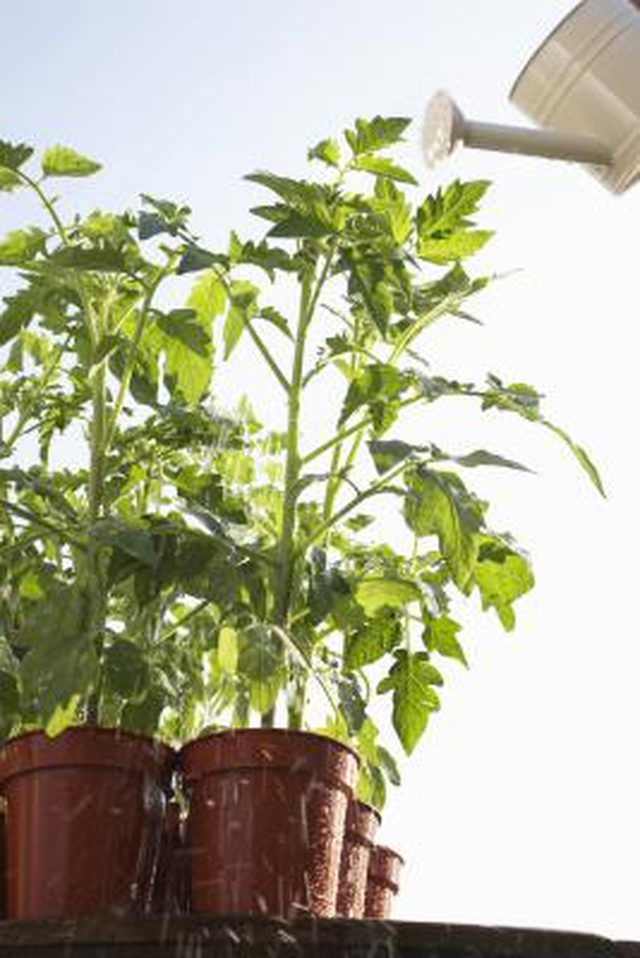Bulbs
Flower Basics
Flower Beds & Specialty Gardens
Flower Garden
Garden Furniture
Garden Gnomes
Garden Seeds
Garden Sheds
Garden Statues
Garden Tools & Supplies
Gardening Basics
Green & Organic
Groundcovers & Vines
Growing Annuals
Growing Basil
Growing Beans
Growing Berries
Growing Blueberries
Growing Cactus
Growing Corn
Growing Cotton
Growing Edibles
Growing Flowers
Growing Garlic
Growing Grapes
Growing Grass
Growing Herbs
Growing Jasmine
Growing Mint
Growing Mushrooms
Orchids
Growing Peanuts
Growing Perennials
Growing Plants
Growing Rosemary
Growing Roses
Growing Strawberries
Growing Sunflowers
Growing Thyme
Growing Tomatoes
Growing Tulips
Growing Vegetables
Herb Basics
Herb Garden
Indoor Growing
Landscaping Basics
Landscaping Patios
Landscaping Plants
Landscaping Shrubs
Landscaping Trees
Landscaping Walks & Pathways
Lawn Basics
Lawn Maintenance
Lawn Mowers
Lawn Ornaments
Lawn Planting
Lawn Tools
Outdoor Growing
Overall Landscape Planning
Pests, Weeds & Problems
Plant Basics
Rock Garden
Rose Garden
Shrubs
Soil
Specialty Gardens
Trees
Vegetable Garden
Yard Maintenance
How to Not Over Water Tomato Plants
How to Not Over Water Tomato Plants. It's easy to over-water tomato plants, and if this happens, you can damage your plants. Over-watering hurts the roots of tomato plants since it creates mud, which suffocates the plants. The roots become unable to pull nutrients from the soil, and the leaves turn yellow and wilt. You can avoid over-watering your...

It's easy to over-water tomato plants, and if this happens, you can damage your plants. Over-watering hurts the roots of tomato plants since it creates mud, which suffocates the plants. The roots become unable to pull nutrients from the soil, and the leaves turn yellow and wilt. You can avoid over-watering your tomatoes this summer.
Things You'll Need
Mulch
Drip hose
Place mulch on the top of the soil. This helps to reduce evaporation and to keep the water where the tomato plants need it most: the roots.
Water your plants every one to three days. This is usually sufficient even during the hottest parts of summer. If you are unsure whether your plants need more water, stick your finger into the soil around the base of the plants to a depth of about an inch. If the top inch of soil is dry, it's time to water. If the top of the soil is still wet or damp, do not water.
Water the roots of the plants and not the leaves, which can encourage foliar diseases and soil-borne ones as well.
Add water to your tomato plants slowly. One way to do this effectively is to use a drip hose, which adds water in a trickle.